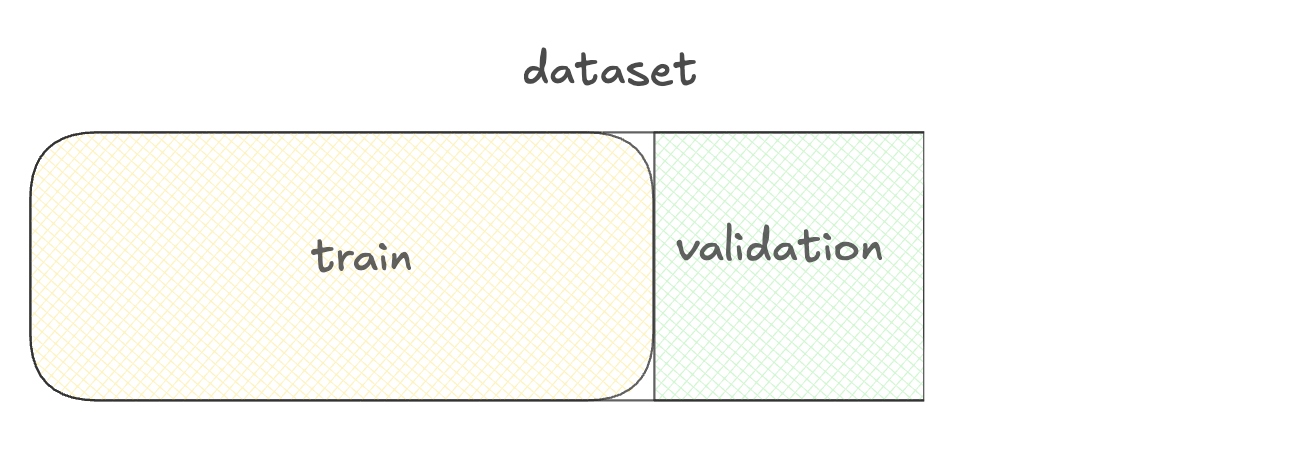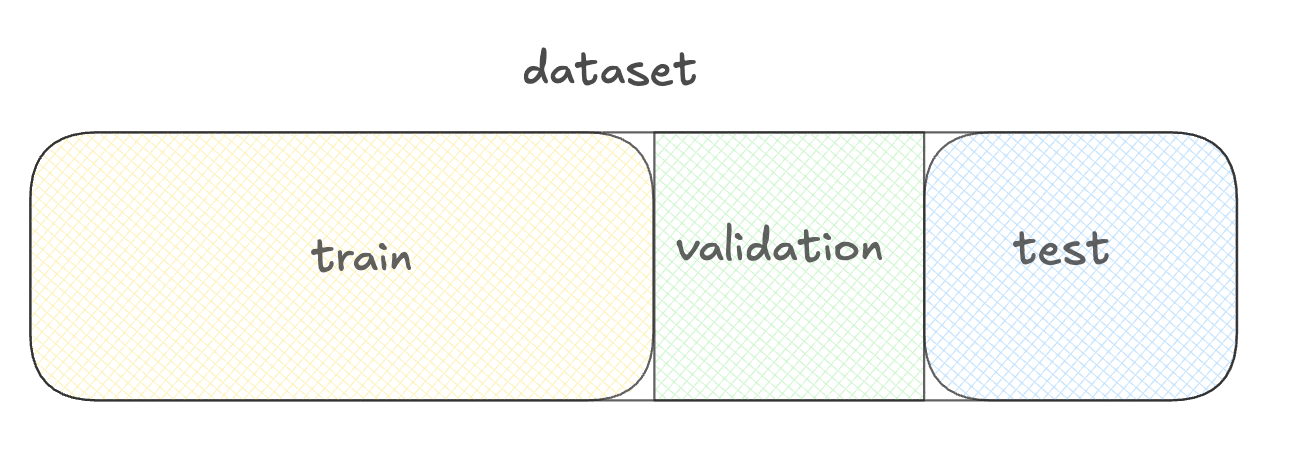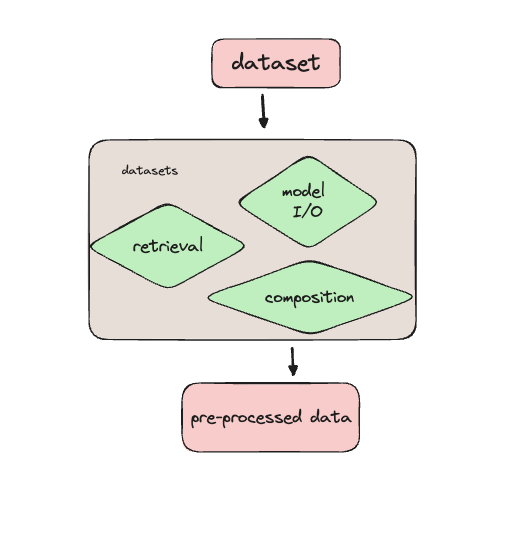Preprocessing data for fine-tuning
Fine-Tuning with Llama 3

Francesca Donadoni
Curriculum Manager, DataCamp
Using datasets for fine-tuning
Quality of the data is key
Training Set:
- For model training
- Majority of the data

Using datasets for fine-tuning
Quality of the data is key
Training Set:
- For model training
- Majority of the data
- Validation Set:
- For selecting the best model version

Using datasets for fine-tuning
Quality of the data is key
Training Set:
- For model training
- Majority of the data
- Validation Set:
- For selecting the best model version
- Test Set:
- For evaluating model's performance

Preparing data using the datasets library
- Datasets library
- Preprocessing
- Split
- Load
- Manage memory

Loading a customer service dataset
from datasets import load_datasetds = load_dataset( 'bitext/Bitext-customer-support-llm-chatbot-training-dataset',split="train")print(ds.column_names)
['flags', 'instruction', 'category', 'intent', 'response']
Peeking into the data
import pprint
pprint.pprint(ds[0])
{'category': 'ORDER',
'flags': 'B',
'instruction': 'question about cancelling order {{Order Number}}',
'intent': 'cancel_order',
'response': "I've understood you have a question regarding canceling order "
"{{Order Number}}, and I'm here to provide you with the "
'information you need. Please go ahead and ask your question, and '
"I'll do my best to assist you."}
Filtering the dataset
from datasets import load_dataset, Dataset ds = load_dataset( 'bitext/Bitext-customer-support-llm-chatbot-training-dataset', split="train")print(ds.shape)
(26872, 5)
first_thousand_points = ds[:1000]ds = Dataset.from_dict(first_thousand_points)
Preprocessing the dataset
def merge_example(row):row['conversation'] = f"Query: {row['instruction']}\nResponse: {row['response']}" return rowds = ds.map(merge_example)print(ds[0]['conversation'])
Query: question about cancelling order {{Order Number}}
Response: I've understood you have a question regarding canceling order {{Order Number}},
and I'm here to provide you with the information you need. Please go ahead and ask your
question, and I'll do my best to assist you.
Saving the preprocessed dataset
ds.save_to_disk("preprocessed_dataset")
Saving the dataset (1/1 shards): 100%
26872/26872 [00:00<00:00, 383823.33 examples/s]
from datasets import load_from_disk
ds_preprocessed = load_from_disk("preprocessed_dataset")
Using Hugging Face datasets with TorchTune
- Can use Hugging Face dataset with TorchTune
- Set a dataset path and configurations
tune run full_finetune_single_device --config llama3/8B_full_single_device \
dataset=preprocessed_dataset dataset.split=train
Let's practice!
Fine-Tuning with Llama 3

